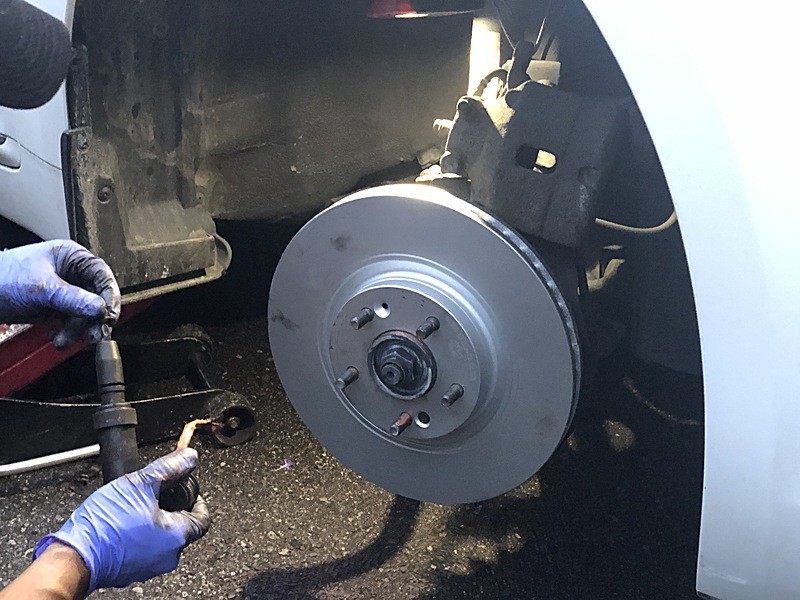How and when to service your brakes: Preventive maintenance of rotors, pads, and calipers
December 02, 2020
Brake rotors and pads are specifically designed to wear out, and eventually they have to be replaced. The life of the rotors and pads depends on many factors, but a scheduled service including cleaning and lubrication is really important for longevity of your brakes. Proper maintenance reassures your driving safety and significantly extends the life span of your brakes.
When to service your brakes?
We recommend preventive maintenance of your rotor discs each time you rotate or change your summer/winter tires. Regular service is especially important in colder regions where the road salt is used during the winter months. Once your tires are off, you should do a quick visual inspection for worn pads, damaged rotors, sticking/seizing calipers, and severe dirt or rust buildup. Start by checking your rotors for uneven wear or gauging. The wear surface should be even and uniform on both sides of the rotor. You may then choose to take off your caliper assembly to do a comprehensive inspection of your brake pads, hardware brackets, caliper slide pins, and caliper piston(s). Rust and dirt would accumulate and seize these components over time without proper cleaning and lubrication at least once a year.
Inspect the brake pads and hardware brackets
New pad would have about 3/8’’ (10mm) of friction material, and you would have to replace the pad as the friction layer thickness wears below 1/8’’ (3mm).
Once the caliper is removed, check that the pad can slide freely within its top and bottom hardware guide brackets. These thin sheet-metal brackets can get rusty and clogged with dirt, and then seize up the pads from lateral movement inside the caliper assembly. As a result, the pads may not get fully released, wear unevenly, and fail prematurely. All quality pads come in a kit with new hardware brackets, all to be replaced at the same time. On the other hand, the cheap no-brand pads would often come without the hardware, and you would be forced to reuse your old rusty brackets. In that case make sure to clean and lubricate those old brackets before installing the new pads.
Inspect the caliper guide pins
When the brakes are engaged, the caliper slides laterally on two guide pins that are fixed to the anchor bracket. The guide pins are protected by rubber sleeves, which can get ripped or dislocated away from the protected area. Inspect the sleeves, then clean and lubricate the pins and caliper brackets to prevent sticking.
Inspect the caliper piston
The hydraulic piston is built into the brake caliper to push the pads together and squeeze the brake rotor to stop the car. It’s not easy to service or rebuild the piston without proper shop setup, and there is no preventive maintenance for it. As such, a failed/seized piston requires replacement of an entire caliper (without anchor bracket). You should check the rubber sleeve that protects the piston from water and dirt. The damaged sleeve is a good indication that the caliper will shortly seize, and it is a good idea to replace it right away.


